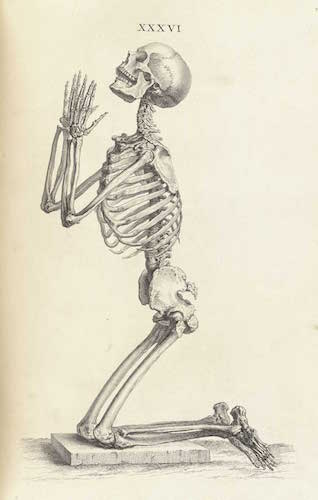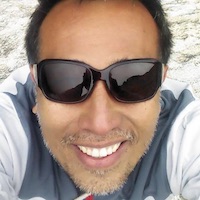
My entire career has focused on helping to develop and commercialize pharmaceutical, diagnostic and medical device products to help treat various medical conditions.
The products that I have helped to develop and commercialize range from treatments for chronic conditions like hypertension, hypercholesterolemia, diabetes, obesity and migraines to acute injuries like limb amputations and traumatic brain injuries.
Through this process, I’ve been acutely aware of two of the broad challenges that the industry faces, which includes the FDA approval process and product reimbursement. Regarding the FDA process, the issue is one of inconsistency and the lack of transparency for FDA product approval and product clearance. Faced with growing healthcare costs and the anticipated cost of baby boomers, the primary issue is the ever growing demand to demonstrate an improved quality of life, product utility and product value.
What I have noticed is the growing adoption of a more Eastern approach to medicine and what our medical community calls Complementary and Alternative Medicine (CAM). This includes various disciplines like acupuncture, yoga, holistic medicine, hypnosis, reiki and others. We see these practitioners in our communities and many of them will have words like “Integrated” in their medical office title. When you walk into these offices it typically feels like you are walking into a spa. And, like in traditional medicine, there are good practitioners and there are some real quacks out there.
Both disciplines of traditional medicine and alternative medicine have challenges. In traditional medicine, the reality of our lives dictates that physicians and nurses must deal with conditions very pragmatically. A working assumption is that patients rarely have the ability or will to treat themselves. For example, when a patient comes in and is diagnosed with hypertension or hypercholesterolemia, very few people will actually take the doctor’s advice to slow down, eat healthier foods, exercise and get better rest.
This is not an easy prescription because what they are really asking their patients to do is to embrace a completely new lifestyle. And, because of the challenging economics for traditional medical offices, physicians have to instruct their patients on their new lifestyle regimen and convince them to stay on it in just 5-15 minutes, the typical allotted time for a patient visit. Good luck. A good physician might say, try diet and exercise for six weeks and them comeback for another set of tests and if you are not improved then we will give you a medication to take….for the rest of your life.
What I find lacking in the CAM setting is that these offices generally refrain from prescribing any type of medications. So while CAM claims to be “complementary” it’s actually not very complementary to traditional medicine in that most offices seek to use treatment/health regimens that are devoid of traditional medications and treatments. Moreover, we’ve also witnessed a push against traditional medicine that seems to have stemmed out of the CAM community. A recent obvious example is the anti-vaxer campaign. I can almost hear people whispering under their breath: “That’s because traditional/modern/Western medicine is driven by a bunch of corporations just trying to make money.” And to these people I say that modern medicine is nothing short of miraculous. We have products that can help blind people see, lame people walk and deaf people hear.
As I have moved through my personal transformation, I’ve been astounded at the results of modern medicine, daily yoga, healthier foods and proper rest for my physical, mental and emotional health. I am not ashamed to say that in addition to my daily yoga practice and better dieting, I have four active prescriptions and I have never been healthier according to all diagnostic tests and my personal assessment.
This brings me to the guts of this article.
I believe that the path forward for medicine is the development of medical offices that truly embraces all of the benefits of both traditional and complementary medicine. Specifically, an office that has a physician to lead diagnosis and treatment regimen, a CAM practitioner to help design a patient specific holistic regimen and a case worker, a yoga instructor, for example. Unfortunately, these offices will likely first develop in our more affluent communities. However, we can hope that with some early success and normal economics that the number of offices would grow and as they grow, the prices would come down enabling them to spread into the less affluent communities.
And maybe, if these offices put people in front of profits, some of these offices would adopt programs for people who can’t afford the premium rack prices. In my next article I will present some ideas on how yoga studios could become a more integral part of a new medical office network.
Relephant:
How to Live Forever (Almost/Sort Of). {Q&A}
~
Author: George Hung
Editor: Travis May
Photos: Wikimedia






Read 10 comments and reply